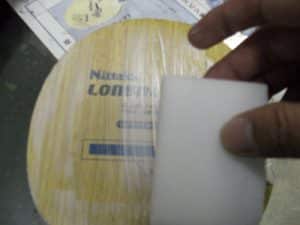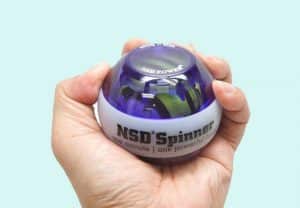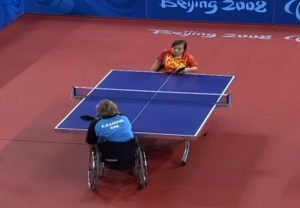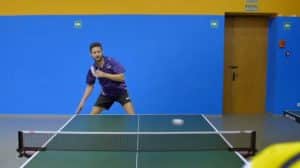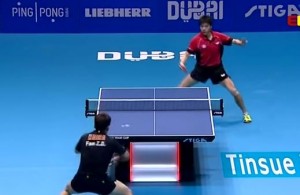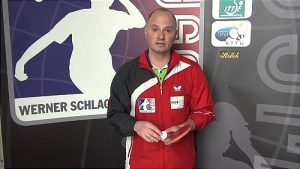People often differ on the correct terminology to explain the characteristics of the
The impact between the ball and the paddle generates an impulse, which is force-time dwell time.
The direction of the impulse can be broken down into two vectors.
One is normal or perpendicular to the paddle, and the other is tangential to the ball and in the paddle’s plane. The one that is tangential to the ball causes spin and the throw angle. I don’t see where a throw distance comes in.
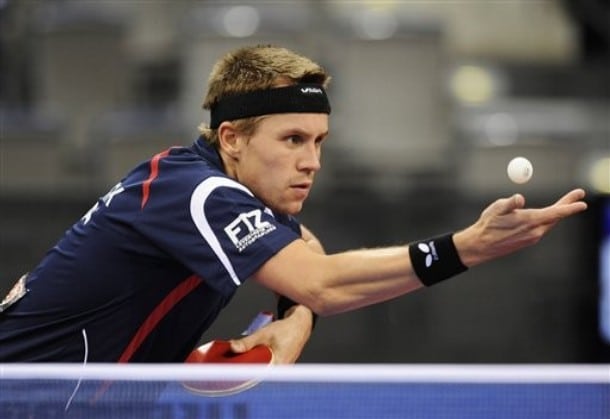
Others will simply say: “When you are looping an incoming topspin ball for example. The faster and less spinny the
Well, what’s the right throw distance after all?
Throw distance is a function of the stroke AND the
If I hit the ball hard, it will go long. If I open my paddle and hit the ball, it will go long. That isn’t the fault of the
Even the impulses are dependent on the stroke. The stroke needs to be factored in if you want to talk about the
One is a coefficient of restitution, COR, that is normal or perpendicular to the paddle. The other term is the coefficient of restitution tangential to the ball and parallel to the paddle. The COR that is normal to the paddle is what most table tennis players call speed.
The COR tangent to the ball is the one that is responsible for ‘throw’ and spin. The tangential impulse always gets divided between spin and throw at a fixed ratio, so there is no need to specify throw. Have you ever noticed that the table tennis manufacturers don’t specify throw? That is because they know better. When the table tennis manufacturers refer to speed, they refer to the normal COR.
To keep things a little less geeky and more table tennis, I refer to the spin to speed ratio. Paddles with a high spin to speed ratio is easy to loop with like T05 or Reflecoid. Rubbers with low spin to speed ratios are hitter’s paddles ( Bryce Speed ).
Topspin and the table tennis players intuition.
We will have to agree or disagree on this point. Spin and speed work in so many different ways to how the ball shoots out of the topspin stroke. You can talk of spin in serves. They will not take into account a high, low, long or short throw angle.
I am a looper and use the “throw” term when referring to the most common shot we do. If the ball gets thrown longer or higher, call it subjective if you will because the scientific speed spin measurements do not apply to the total all the time.
Look at a table tennis game at eye height from perfectly side-on. You will see balls that fly up and then down and others go straighter/lower/more horizontal. Watch a video pre and post-Tenergy usage, and it is also easy to see the much more downward trajectory of the ball before Tenergy.
Final Thought
In my mind, it’s not just about the throw out of the
Maybe you will try it again after some more loving to Blitz since they are supposed to be a matched pair, forehand, and backhand, perhaps? Or maybe tacky is never going to sit well with you.
It all makes them fly high then land hard coming down from a height. If you were the ball looking straight out of the direction, it was traveling, and you would see almost the entire half of the table you were landing on.
It’s got to be a huge advantage in how often you can land the ball. My previous
Big difference and each has advantages and disadvantages. Tenergy 05 and Thors can both make a flat ball if you want to… H2 can only make a mid-high ball if you go very easy on the swing.
Related post:

Warren Davies

